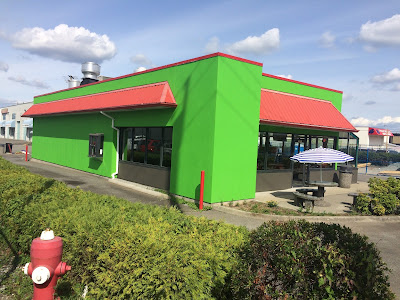Under BC law, local governments are not allowed to collect property tax from the land and buildings used by churches, cemeteries, mausoleums, and private schools that meet certain criteria. Land and buildings used by local, provincial, or federal governments, and land used by organizations owned by various levels of government are also generally exempt from taxation.
Local governments in BC are also allowed to exempt organizations from paying property tax within their jurisdiction for a limited period of time, though this period can be renewed indefinitely.
In the City of Langley, the following organization do not pay property tax because of a permissive tax exemption:
- Global School Society
- Governing Council of the Salvation Army
- Ishtar Transition Housing
- Langley Association for Community Living
- Langley Care Society
- Langley Community Music School
- Langley Hospice Society
- Langley Lawn Bowling
- Langley Seniors Resource Society
- Langley Stepping Stones
- Langley Community Services
- Southgate Christian Fellowship
The Langley Memorial Hospital Auxiliary was looking for Langley City Council to provide a tax exemption for their thrift store. The Langley Food Bank was also looking for a tax exemption. On Monday, Langley City Council voted against providing a tax exemption to these organizations.
Right now the City provides about $276,000 in permissive tax exemptions. This represent a 1.2% loss of property tax revenue.
Langley City Council on Monday voted to review the current permissive tax exemptions with an eye to reduce them.
While I understand Council reasons for looking to reduce these tax exemptions, there are many inconsistencies, I certainly wouldn’t want to see the Langley Seniors Resource Society having to start paying property tax; they provide a much needed service to the community.
This tax review may turn into a politically charged affair, as many of these non-profit organizations have members with deep roots in the community.

















